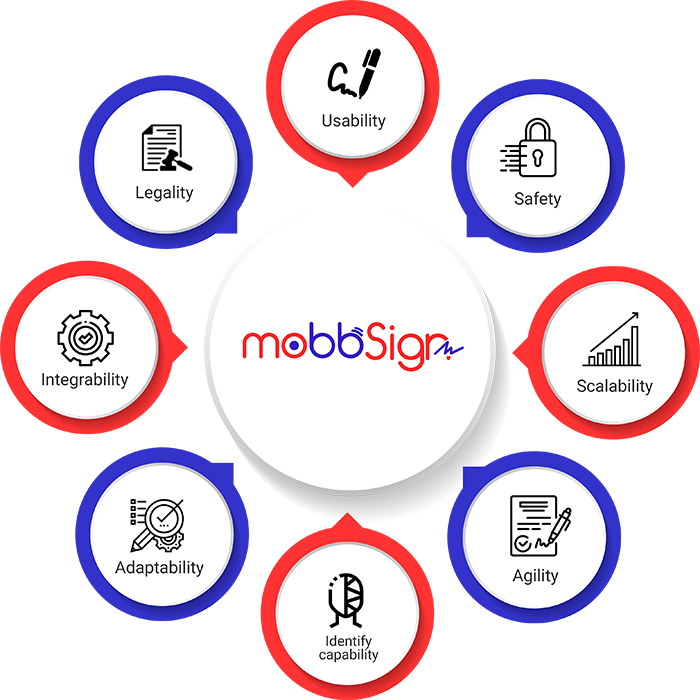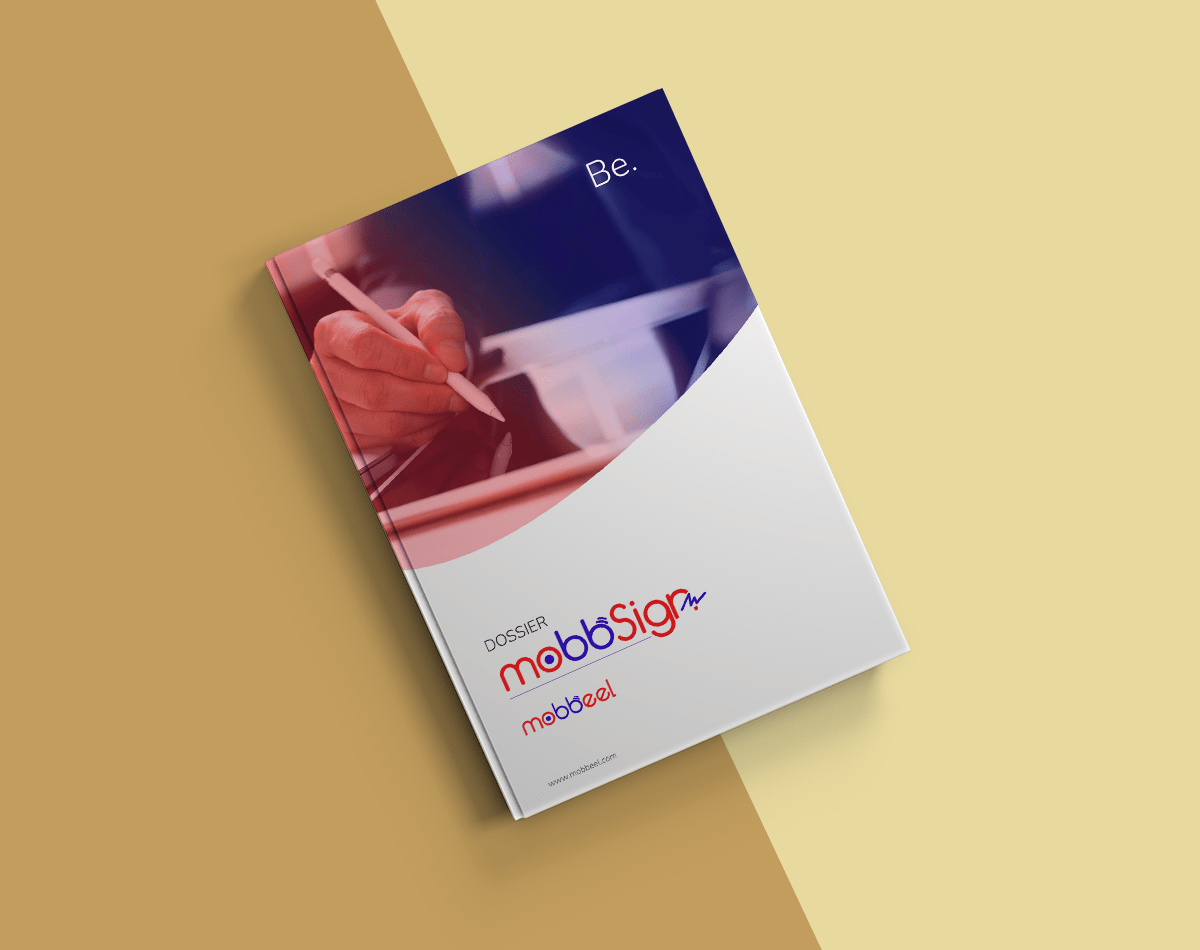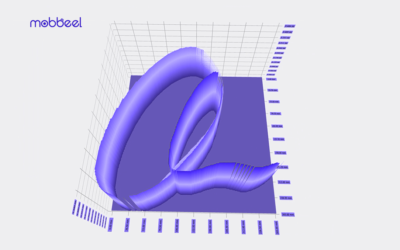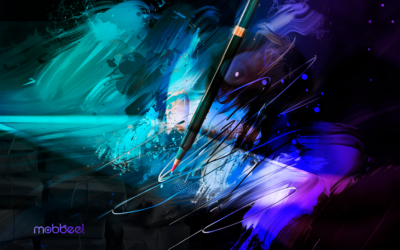If you are reading this, you probably know what an electronic signature is and the different types of electronic signature available in eIDAS. In fact, you are probably thinking about digitalising your signature processes and you are scoping for more information.
An electronic signature is the digital equivalent of a handwritten signature in paper, where a person accepts and validates the content of a contract or agreement through any digital means. In a context where each country used to have its own electronic signature regulations, the European Union created a legal framework called eIDAS to standardise and define the different types of e-signature within the EU.
Digitalising the signature offers a wide range of benefits and possibilities, even further nowadays, where digitalisation is no longer an option but essential in order to achieve more scalable business models.
That is why today we are going to tell you about 8 aspects to take into account when looking for a solution to digitalise your signature processes:
1. Legality
Do all types of electronic signatures have the same legal force? Undoubtedly not.
Although the eIDAS regulation defines three levels or types of electronic signature (simple, advanced and qualified) and which legal requirements must be taken into account to consider them as one type or another, some digital signatures may have weaknesses when it comes to complying with these requirements.
It is possible that, depending on the vendor you talk to, some may tell you that the same signature is considered an advanced electronic signature and others that it is not.
For this reason, you should be extremely cautious when acquiring digital signature solutions, in order to understand their validity in the case of legal dispute. 👇 👇 👇
2. Usability
When digitising the signature process, one of the first things to bear in mind is who is going to be the user of the system. You have to put yourself in the shoes of the person who is going to sign and ensure that the digital signature solution offers a mechanism easy to understand, so that a person who has never used the signature system before can carry out the process intuitively and successfully.
In short, a digital signature solution has to be easy to use for any type of user at any time, in any situation and in any place.
Think about usability: Could my grandmother sign a pdf document easily with this e-signature solution? Do I need any kind of digital certificate to sign?
3. Security and robustness
Sometimes the documents to sign contain sensitive and compromised information.
For this reason, security and encryption protocols must be put in place to safeguard both the document to and the signature, guaranteeing that they have not been tampered with or modified.
To consider an electronic signature as advanced, it must guarantee the integrity of the signed document and that it has been created using signature media under the signatory’s exclusive control. (Art. 26 eIDAS).
Is the document encrypted or encoded? what evidence is used to know who signed it? and when was it made (geolocation, time stamping)?
Do it follow any standard to facilitate future interoperability of the data encrypted in the signature with verification tools from other providers?
4. Ability to identify the signatory
Not all signatures have the same ability to identify the signatory.
For example, although the OTP signature can be considered as an advanced electronic signature (as well as the biometric signature)… how can you be 100% sure who is the person who has signed? if an SMS message arrives on a mobile phone, who does that SIM card belong to (family member, company)? who has entered the OTP code to actually sign the document?
Article 26 of the eIDAS Regulation states that in order to be considered an advanced electronic signature, a signature must be uniquely linked to the signatory and also allow to identify that signatory.
When signing a document on paper, the signature itself, the way in which the strokes are executed and their pressure are the only evidence that a calligraphic expert would have to identify the person who made the signature.
In the digital world, this can be replicated, even improved, using biometric signatures made on a smartphone or tablet, as they not only capture the image of the graph, but go further by collecting different information on the signing process (speed, strokes, time, acceleration, coordinates…), even knowing from which device it was made, the time, location and a countless number of evidences that allow identifying a signer.

5. Scalable
At this point we should all agree that digitalising paper signatures allows us to scale our business.
However, some digital signature solutions, either due to their high cost, the weight of the signed document, system crashes or the management of these documents (handling and storage), can prevent us from scaling up at the pace that any digital solution should allow.
6. Agile
One of the reasons for digitalising the signature is to avoid physical journeys and delays in the signing process.
By digitalising the signature, the movements disappear, but sometimes the delays do not. There are signatures that require several steps, where the processes can be long and tedious and can cause a point of friction when formalising a contract with a client.
If the signature is not agile and does not allow the client to acquire a product or service when he needs it, there is a risk of losing that client or not having a closed contract with him.
7. Adaptable and versatile
Among the many electronic signatures on the market, there is always one that adapts better to your business model, or one that evolves at the same pace as your company does.
When it comes to a signature digitalisation project, you need a signature solution that, in case you need a face-to-face signature, can work even in remote areas without network coverage, but if at the same time you need a remote signature, it will not let you down.
Or that allows your customers or employees to sign through a native app or in other cases in a completely web-based environment.
That’s why you need a versatile signature solution: to not be limited.
8. Easy to integrate
If you are looking for a SAS service, this last point is not for you.
If, on the other hand, you want to integrate into your systems (ERP, CRM) a firm that fits your flows and processes, it is essential to find a solution that can be easily integrated and that allows you to meet your needs whatever the use case.
MobbSign: a legal, usable and robust signature
There is no more usable signature than the handwritten one, as it resembles the process we have been doing all our lives in the real world. That’s why, despite having other types of signature, at Mobbeel we have always been committed to biometric signatures through our signature solution MobbSign.
MobbSign allows users to legally and easily sign any pdf document, on mobiles or tablets with their handwritten signature and without the need for any type of certificate.
In addition, it complies with the 8 aspects we suggest to analyse a digital signature solution:
- It is legal: It complies with eIDAS regulation and is considered an advanced electronic signature as it allows to identify the signatory and any changes to the signed document.
- It is usable: It allows to sign with total simplicity. As it has always been done: with a handwritten signature. In addition WYSIWYS (What You See Is What You Sign), i.e. you never lose sight of the document you are going to sign.
- It is secure: The biometric information is stored in the document itself according to the ISO 19794-7 Standard. In addition, two keys are generated at the beginning of the project, one public and the other private. The private key is kept under custody of a trusted third party and the public key is used to encrypt the biometric information, together with a mathematical hash of the document to ensure its integrity, time stamping and localisation. As soon as the encrypted information is embedded in the document, the original signature information is discarded.
- It allows to identify the signatory: the biometric signature allows us to capture all the behavioral biometrics of the signatory, so that in the event of a legal dispute, a handwriting expert could discern whether or not the signature belongs to the signatory.
- It is scalable: We have different licensing schemes that can be adapted to your use case. Our SDKs can be installed on as many devices as necessary and our server side has auto-scaling systems to automatically adjust resources according to the load.
- It’s agile: Just one step: open the document to sign (in browser or app), read it and sign it. Easy as pie.
- It is versatile: online and offline… in native app and web..
- It is easy to integrate: Whether it is a web version, where our APIs facilitate the process, or a native application, where we provide you with SDKs that adapt perfectly to your App, you will have the support of our technical team throughout the process..
- As a result, companies from all industries, from real estate to insurance, from human resources to MNOs, already have their signature processes digitalised thanks to MobbSign (and you can see many examples here).

If you are interested in learning more about what our digital signature do, please do not hesitate to contact us!

I’m a Software Engineer with a passion for Marketing, Communication, and helping companies expand internationally—areas I’m currently focused on as CMO at Mobbeel. I’m a mix of many things, some good, some not so much… perfectly imperfect.

PRODUCT BROCHURE
Discover our biometric signature solution
Provide your customers with the option to easily and ecologically sign documents anywhere and anytime using our biometric signature, which is considered an Advanced Electronic Signature with full legal validity.




